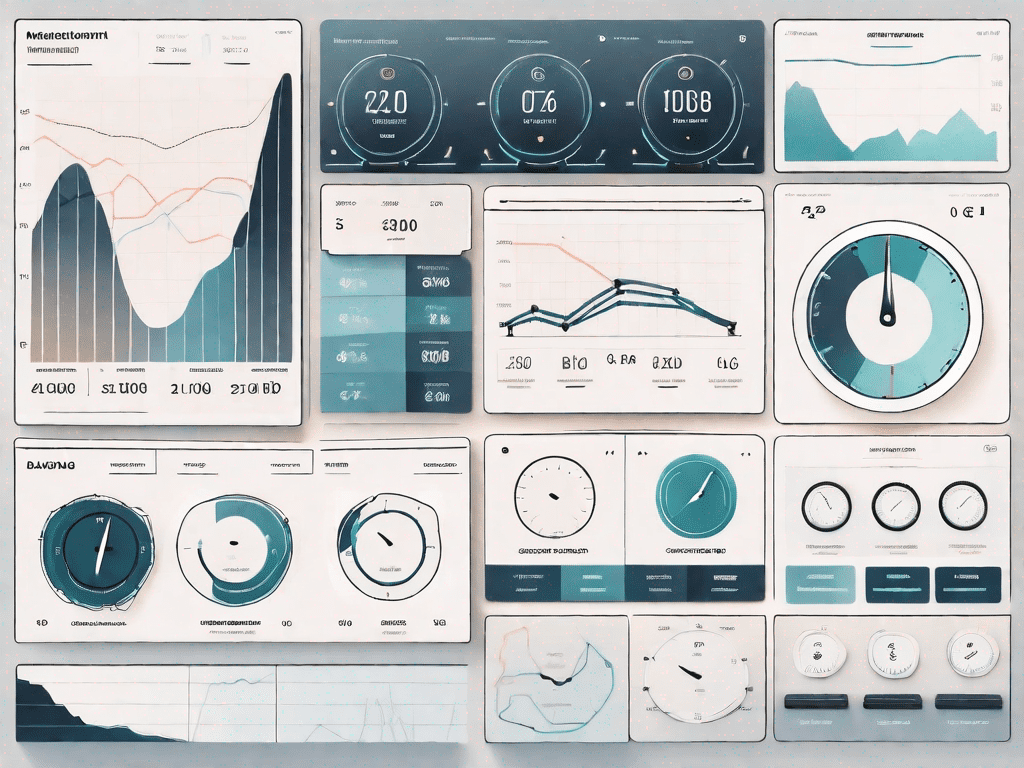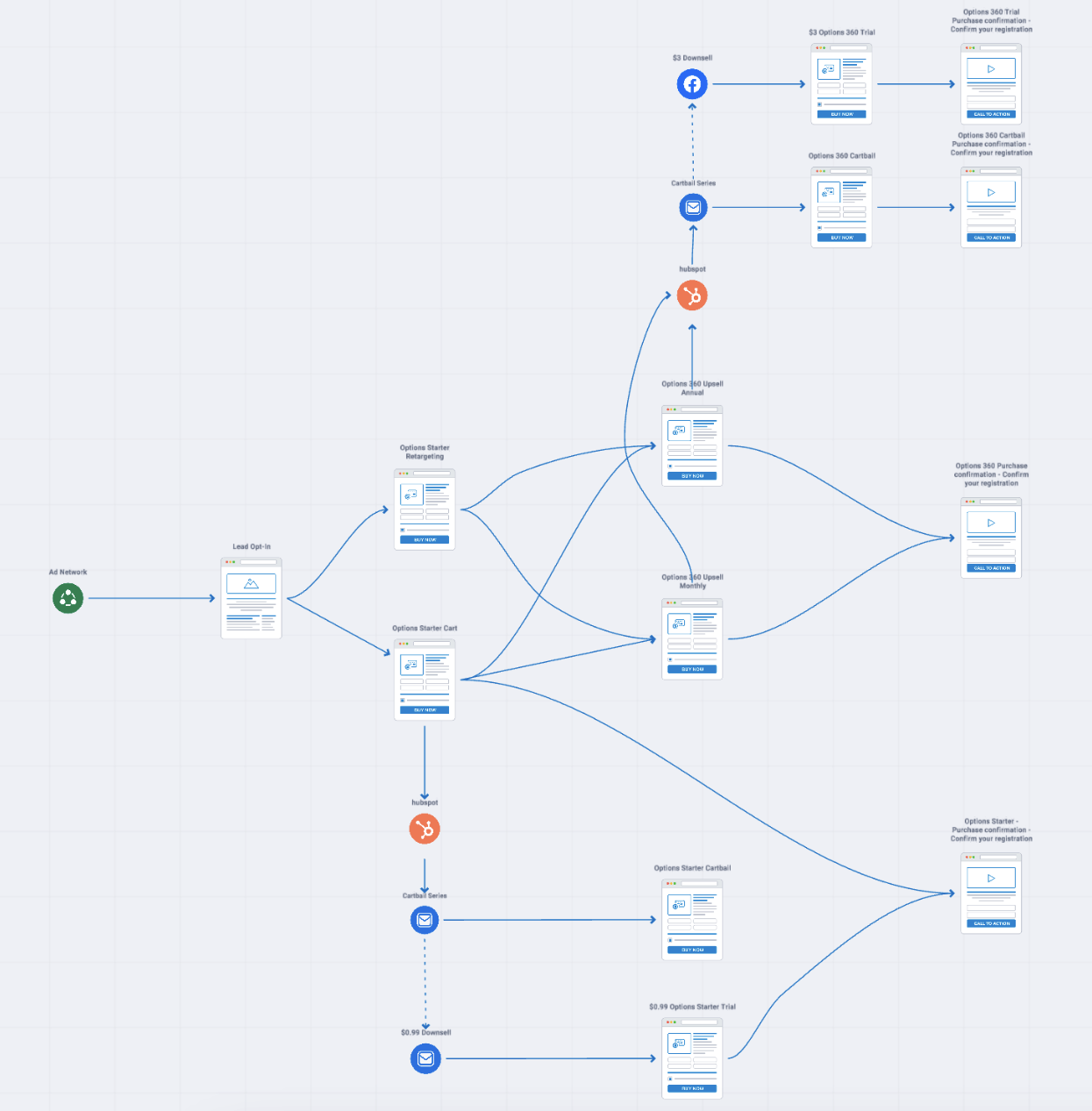In today’s digital age, the success of every marketing campaign relies heavily on data-driven strategies. For paid media professionals, understanding and harnessing the power of data is paramount. In this article, we will delve into the world of advanced analytics and explore how it can be utilized to transform raw data into valuable insights, thereby empowering paid media professionals to make informed decisions and optimize their media buying strategies.
Understanding the Importance of Data in Paid Media
The Role of Data in Decision Making
Data plays a fundamental role in decision making for paid media professionals. By analyzing and interpreting data, marketers can gain valuable insights into consumer behavior, market trends, and campaign performance. Armed with this information, they can make data-driven decisions that will maximize their advertising effectiveness and ROI.
For example, let’s consider a scenario where a paid media professional is tasked with running a digital advertising campaign for a new product. By analyzing data from previous campaigns, they can identify the most effective channels and platforms to reach their target audience. They can also gain insights into consumer preferences and behaviors, allowing them to create tailored advertisements that resonate with their audience.
Furthermore, data can help marketers understand market trends and identify emerging opportunities. By monitoring data on competitor campaigns and industry benchmarks, paid media professionals can stay ahead of the curve and make strategic decisions that give them a competitive edge.
How Data Drives Media Buying Strategies
Effective media buying strategies rely on a deep understanding of target audiences, market conditions, and competitor analysis. By leveraging advanced analytics, paid media professionals can extract valuable data insights that will enable them to identify key target segments, optimize media budgets, and select the most appropriate channels and platforms for their campaigns. This data-driven approach ensures that every advertising dollar is spent wisely, resulting in improved campaign performance and higher conversion rates.
Let’s dive deeper into how data drives media buying strategies. By analyzing data on consumer demographics, interests, and online behavior, paid media professionals can identify the most relevant and profitable target segments. This allows them to allocate their media budgets more effectively, focusing on the channels and platforms that will yield the highest return on investment.
Data also plays a crucial role in selecting the most appropriate channels and platforms for advertising. By analyzing data on consumer media consumption habits and preferences, paid media professionals can determine which channels and platforms are most likely to reach their target audience. For example, if data shows that their target audience spends a significant amount of time on social media platforms, they can allocate a larger portion of their budget towards social media advertising.
In addition to optimizing media budgets and selecting the right channels, data can also help in measuring and analyzing campaign performance. By tracking key performance indicators (KPIs) such as click-through rates, conversion rates, and return on ad spend, paid media professionals can assess the effectiveness of their campaigns and make data-driven optimizations to improve results.
In conclusion, data is a critical component of paid media strategies. By leveraging data insights, marketers can make informed decisions that drive advertising effectiveness, improve campaign performance, and ultimately, achieve higher conversion rates. The ability to analyze and interpret data is a valuable skill for paid media professionals, enabling them to stay ahead in the ever-evolving digital advertising landscape.
The Basics of Advanced Analytics
Defining Advanced Analytics
Advanced analytics refers to the use of sophisticated techniques and tools to analyze vast amounts of data and extract meaningful insights. Unlike traditional analytics, which focuses on descriptive statistics and basic reporting, advanced analytics employs predictive and prescriptive analyses to anticipate future trends and guide decision making. It encompasses various statistical and mathematical modeling techniques to transform raw data into actionable insights.
Key Components of Advanced Analytics
Advanced analytics consists of several key components that work together to unlock the value of data. These components include data collection and integration, data cleansing and preparation, data modeling and analysis, and data visualization and reporting. Each component plays a crucial role in the analytical process, ensuring that the insights derived are accurate, relevant, and actionable.
Data Collection and Integration
The first step in advanced analytics is data collection and integration. This involves gathering data from various sources, such as databases, spreadsheets, and external APIs. The collected data is then integrated into a single, unified dataset, ensuring that all relevant information is included for analysis.
Data Cleansing and Preparation
Once the data is collected and integrated, the next step is data cleansing and preparation. This process involves removing any inconsistencies, errors, or duplicates in the dataset. It also includes transforming the data into a format that is suitable for analysis, such as converting categorical variables into numerical ones or normalizing data to eliminate any biases.
Data Modeling and Analysis
After the data is cleaned and prepared, advanced analytics techniques are applied to model and analyze the data. This involves using statistical and mathematical algorithms to uncover patterns, relationships, and trends within the dataset. Common techniques used in data modeling and analysis include regression analysis, clustering, decision trees, and machine learning algorithms.
Data Visualization and Reporting
The final step in advanced analytics is data visualization and reporting. Once the insights are derived from the data, they need to be presented in a clear and understandable manner. Data visualization techniques, such as charts, graphs, and dashboards, are used to visually represent the findings. This allows decision makers to easily interpret the results and make informed decisions based on the insights.
Conclusion
In conclusion, advanced analytics is a powerful tool that enables organizations to gain valuable insights from their data. By employing sophisticated techniques and tools, businesses can anticipate future trends, optimize operations, and make data-driven decisions. The key components of advanced analytics, including data collection and integration, data cleansing and preparation, data modeling and analysis, and data visualization and reporting, work together to ensure that the insights derived are accurate, relevant, and actionable. With the increasing availability of data and advancements in technology, advanced analytics is becoming an essential capability for businesses to stay competitive in today’s data-driven world.
Implementing Advanced Analytics in Paid Media
Implementing advanced analytics in paid media involves several key steps. Firstly, it is essential to define clear objectives and establish measurable goals. This will guide the data collection process and ensure that the right data is captured. By setting specific objectives, such as increasing conversion rates or optimizing ad spend, marketers can focus their efforts on collecting the most relevant data.
Once the data is collected, it needs to be cleaned, organized, and prepared for analysis. This step is crucial to ensure the accuracy and reliability of the insights derived from the data. Data cleaning involves removing any duplicate or erroneous entries, while data organization involves structuring the data in a way that facilitates analysis. By organizing the data into meaningful categories and segments, marketers can gain a deeper understanding of their paid media performance.
Advanced analytical techniques can then be applied to uncover patterns, correlations, and trends within the data. These techniques include regression analysis, clustering, and predictive modeling. By leveraging these techniques, marketers can identify the factors that drive success in their paid media campaigns. For example, they may discover that certain demographics or keywords perform better than others, allowing them to optimize their targeting strategies.
Lastly, the insights derived from the analysis should be translated into actionable strategies that can be implemented within paid media campaigns. These strategies may involve adjusting bidding strategies, refining ad creatives, or reallocating budget across different channels. By translating insights into action, marketers can maximize the impact of their advanced analytics efforts and drive better results.
Overcoming Challenges in Implementation
Implementing advanced analytics can present challenges for paid media professionals. One common hurdle is the lack of data quality and consistency. Inaccurate or incomplete data can lead to misleading insights and ineffective decision making. To overcome this challenge, it is crucial to invest in data governance and quality control processes. By implementing data validation checks, conducting regular audits, and ensuring data accuracy, marketers can have confidence in the insights derived from their analytics efforts.
Additionally, the unavailability of skilled data analysts and the complexity of analytical tools can hinder implementation efforts. Organizations should invest in training and upskilling their teams to ensure they have the necessary expertise to derive value from advanced analytics. By providing employees with the knowledge and skills to effectively analyze and interpret data, organizations can unlock the full potential of their paid media campaigns.
In conclusion, implementing advanced analytics in paid media requires a systematic approach that encompasses defining objectives, collecting and preparing data, applying analytical techniques, and translating insights into action. By overcoming challenges such as data quality issues and skill gaps, marketers can harness the power of advanced analytics to optimize their paid media campaigns and drive better results.
Tools and Techniques for Advanced Analytics
Overview of Analytical Tools
There are various analytical tools available in the market that aid in advanced analytics for paid media professionals. These tools range from comprehensive marketing analytics platforms to specialized data visualization software. With a wide array of options, businesses can choose the tools that best align with their specific analytical needs and organizational goals.
Techniques for Data Analysis
Advanced analytics techniques encompass a range of statistical and mathematical methodologies. These include regression analysis, clustering techniques, predictive modeling, machine learning, and sentiment analysis, to name a few. Each technique offers unique insights into different aspects of paid media campaigns, allowing marketers to make informed decisions based on the specific goals they aim to achieve.
Interpreting and Applying Analytical Insights
Making Sense of Analytical Data
Once analytical insights are obtained, the task of interpreting them becomes crucial. Paid media professionals must possess the ability to extract actionable recommendations from the data and translate them into meaningful strategies. This involves understanding the contextual nuances of the data and drawing logical conclusions that align with the campaign objectives.
Strategies for Applying Insights to Media Campaigns
Applying analytical insights requires careful consideration of the campaign’s goals and target audience. Paid media professionals should approach the implementation phase with a clear plan that outlines how the insights will be translated into actionable strategies. This may involve revising targeting parameters, adjusting advertising creatives, or optimizing media placements. By utilizing the power of advanced analytics, paid media professionals can continuously refine their campaigns and achieve better outcomes.
In conclusion, advanced analytics is a powerful tool that can transform raw data into valuable insights for paid media professionals. By understanding the importance of data, grasping the basics of advanced analytics, implementing the right tools and techniques, and effectively interpreting and applying analytical insights, paid media professionals can maximize the effectiveness of their campaigns and achieve remarkable results in today’s data-driven marketing landscape.



